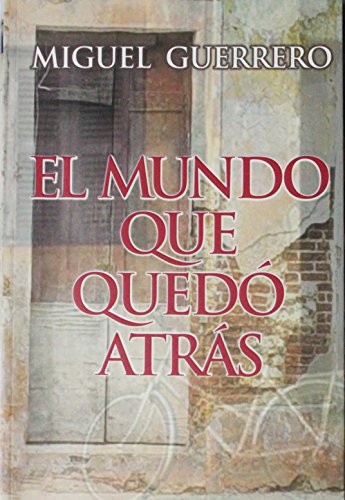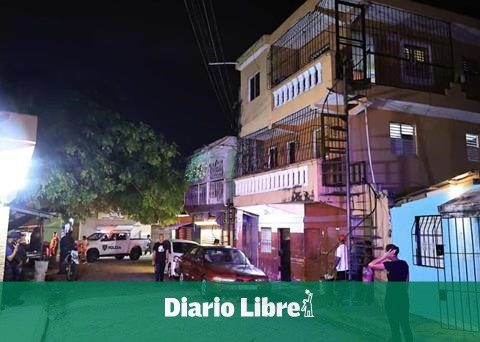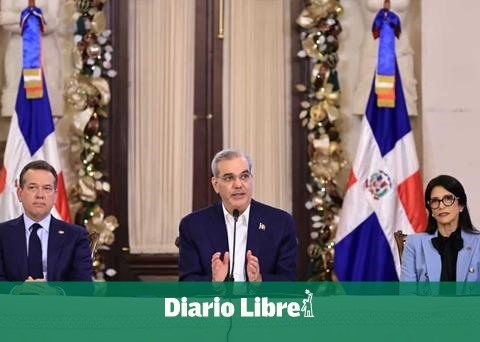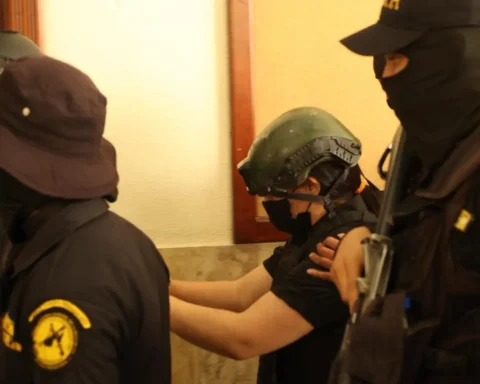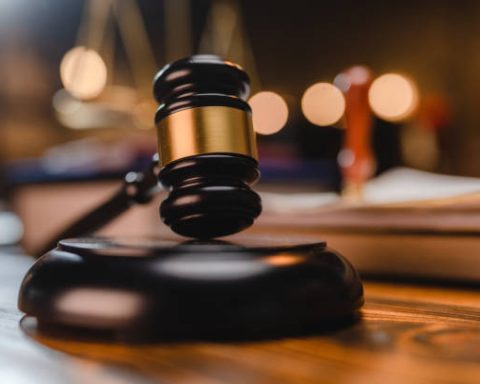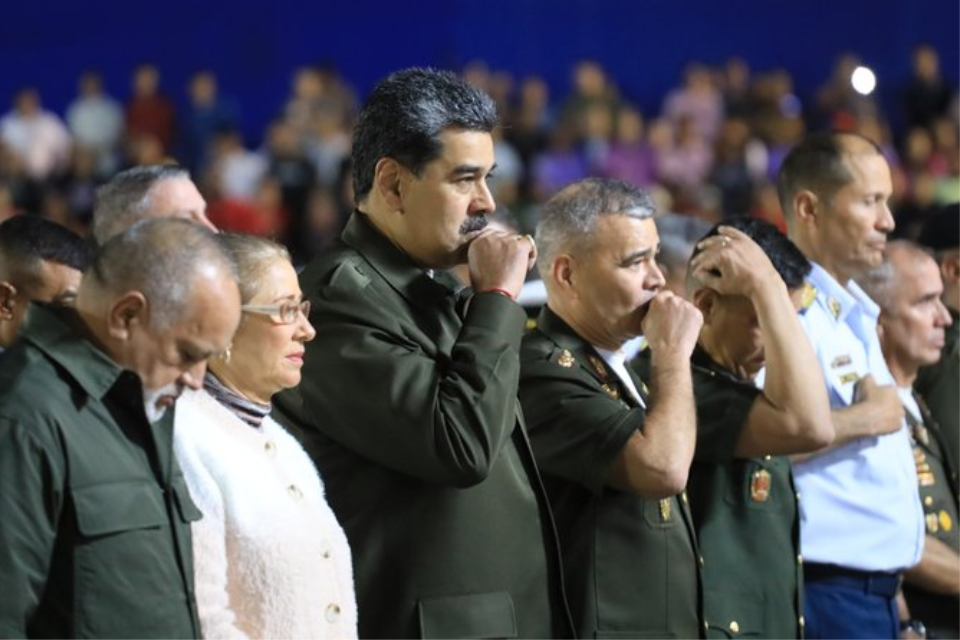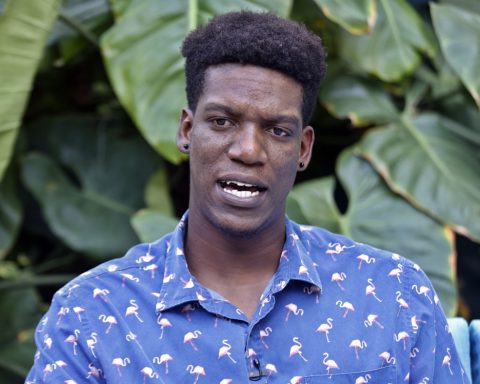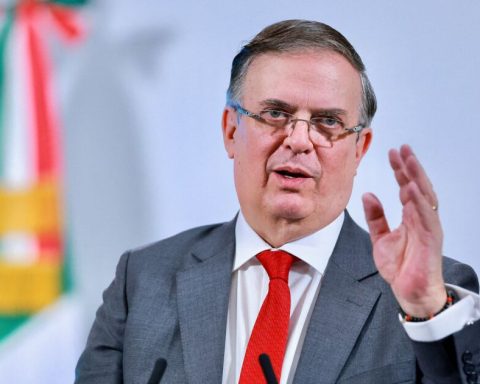The history of the Soviet revolution, like that of almost the entire international communist movement, was built on a legacy of lies and half-truths. With them a series of historical truths were created. to support the myth with which, in some places, youth is still captivated and communist society is attributed a permanent process of social evolution that in reality it does not have nor has ever had.
The “heroic” character given to Marxist revolutionary movements was one of the most widespread myths. However, heroism and extreme sacrifice were not the hallmarks of many of those revolutionary processes. We have, for example, that the ten days that moved the world. they weren’t really. The Bolsheviks seized power in Russia in a revolt that lasted barely a day and hours and in which there was no excessive violence.
The real struggle had taken place in March, when the people, the army and the workers united with the Duma to overthrow the tsarist Romanov dynasty and establish, in its place, the first republican government. The provisional government of Alexander Kerensky had crushed in July an attempted Bolshevik uprising ordered by Lenin. However, a few weeks later, Kerensky began to have difficulties with the military leaders who believed him too weak and responsible for the growing power that the Bolsheviks were acquiring.
General Kornilov, head of the Army, attempted a coup. To deal with it, Kerensky turned to the Soviet. Conscious of the opportunity presented to them, Lenin and Trotsky responded to the call. As part of the compromise, the provisional government had to arm the Red Guards and the unions controlled by Lenin. The coup attempt quickly failed, but Kerensky’s authority was greatly weakened and the Bolsheviks in a position of strength. Amid all the difficulties and general discontent over the government’s refusal to end the costly and unpopular war with Germany, the political and social foundations that supported the provisional regime virtually collapsed. It was then that Lenin believed the time to act had come. Under a false identity, the Bolshevik leader managed to reach Petrograd (he had returned to exile following the failure of the July uprising) to chair a secret meeting of his party’s Central Committee, which decided by an overwhelming majority that the conditions were ripe for a new attempted assault on power. The coup took place, this time successfully, on November 6 of the Russian calendar (October in the Gregorian, later adopted by the USSR). Now what really happened that day? The historian Robert K. Massie, a researcher of Russian history and the Soviet revolution, relates it this way: “That day, the cruiser Aurora, flying the red flag, anchored in front of the Winter Palace. Squads of armed Bolsheviks occupied railway stations, bridges, banks, telephones, post offices and other public buildings. There was no bloodshed.”
The next morning, November 7, Kerensky left the Winter Palace in an open Pierce-Arrow sports car, accompanied by another car flying the American flag. He passed unmolested through the streets filled with Bolshevik soldiers and headed south, seeking the support of the army. The remaining ministers of the provisional government remained in the Malachite hall of the Winter Palace, protected by a battalion of women and a troop of cadets. In front of a green plush table littered with cigarette butts, the ministers filled their notepads with abstract scribbles and last-minute proclamations: The Provisional Government calls on all classes to support the Provisional Government. At nine o’clock at night the Aurora launched a single blank salvo, and at ten o’clock the women’s battalion surrendered. “At eleven o’clock another thirty or forty shots whistled over the river from the batteries of the Peter and Paul Fortress. Only two projectiles lightly touched the palace, damaging the plaster. In any case, at two in the morning on November 8, the ministers turned themselves in.”
Massie explains that this skirmish was the November Bolshevik Revolution, which in his view was later “magnified in communist mythology as an epic and heroic struggle.” “The truth is,” Massie’s story continues, “that life in the (Russian) capital hardly changed.” Restaurants, shops and cinemas on the Nevsky Prospect remained open. The trams circulated as always in almost the entire city and the ballet performed at the Marynki Theater. On the afternoon of the 7th, Sir George Buchanan (English ambassador) was walking near the Winter Palace and saw that the appearance of the pier was more or less normal.
–0—
Amid the rubble and the moral and material stench of war, the Allied Powers staged what remains the largest trial in history against a nation and a handful of men responsible for the worst atrocities. To judge a destroyed Nazi Germany, corroded by hunger and demoralization, the victorious powers had chosen in 1945 the city of Nuremberg. The election, though tinged with paradoxical cynicism, was not without enormous political significance. Stronghold of the National Socialist movement, Nuremberg had been the scene of Hitler’s moments of greatest glory. It was therefore important that it was also the symbol of Nazi defeat.
From the balconies and steps of his Palace of Justice, the fascist leaders had savored moments of mythical elevation. Hitler, Goering, Hess, had been worshiped and cheered there as demigods; envoys of a messianic prophecy called to rescue the lost glory of Germany.
There the dream of a thousand-year domination over Europe had been born, grown and matured. It was only right that it should also be the sign of his own destruction. The trial, which lasted 217 days, until October 1, 1946, culminated in the death sentence of most of the 21 leaders accused of war crimes.
Three million documents were collected. This required 403 sessions, 30,000 meters of film, more than 80,000 sworn statements, the testimony of 150,000 people, hundreds of thousands of organizations and witnesses. All that voluminous material contained other fantastic evidence. It demonstrated that one of the accusing powers, the Soviet Union, was in some ways as responsible for conspiracy and crimes against peace as Nazi Germany itself. Presumably Stalin and the Soviet Union were not going to be condemned, or even accused of it. But testimony presented to the International Military Tribunal, set up by the Allied War Crimes Commission in 1943, was evidence enough for the Kremlin to receive moral condemnation from a free world jaded and demoralized by war. Everything had arisen by chance Dr. Alfred Seidl tried to gather arguments to convince the court that his defendant, Rudolf Hess, until May 1941, the date of his mysterious flight to England. Hitler’s lieutenant, was innocent of charges of war crimes and crimes against humanity, for which the other 20 Nazi leaders would also be sentenced. Seidl was convinced that he could show that Hess’s association with Hitler, in the first two years of the war, was sufficient to make him responsible only for charges of crimes against peace and conspiracy. Seidl had been able to hear, while he was leaving Hess’s cell one afternoon, that in another part of the Nuremberg prison, former Chancellor von Ribbentrop was confiding a fantastic secret to Goering.
Ribbentrop told him that on his trip to Moscow in 1939, before the German attack on Poland that started World War II, he had signed a top-secret agreement with Stalin and Molotov, which had never been made public. In the event of a war, this agreement delimited areas of interest for the two countries. Ribbentrop and Molotov had drawn a line on a map along the Vistula and the Bug. To the East, the Soviet Union claimed rights to Finland, Estonia, Latvia, and Lithuania. The West was under German control. It was the typical distribution of the booty even before the war began. Ribbentrop had also confided to Goering that the Russians had warned him that things might go better for him if he kept all this a secret. The Kremlin was fully aware of the gravity of the situation. The Soviets and Germans had categorically denied the existence of any secret understanding, after the Nazi attack on Poland and the Soviet occupation of Finland and the other defenseless nations east of the Vistula.
But in practice that agreement was evidence that Stalin was as responsible as Hitler for aggression, for the development of a war that had led the world to destruction, with the greatest material and human loss ever imaginable in history. Seidl knew that knowledge of this secret pact was not enough to defend his client or to unmask Stalin and Molotov. That is why he dedicated himself to gathering the evidence. Friedrich Gaus, a German Foreign Ministry official who accompanied Ribbentrop to Moscow, confirmed that the news was accurate. The lawyer discussed the matter with US military officials. Finally, a few weeks later, an unidentified official outside the court handed him a copy of the document. Gaus testified that it was authentic and signed a lengthy affidavit attesting to it. When Ribbentrop was questioned at the Nuremberg trial about this agreement, the Soviets jumped out of their seats and managed to have the document not accepted as evidence by the court, alleging its unknown provenance. Some time later the unknown officer who had provided Seidl with the document was mysteriously run over by a truck coming from Soviet-occupied East Berlin. The Kremlin, which was then beginning to impose its criteria on those of the West, was already strong enough for a revelation like this, terrible and fantastic as it was, to have any effect. The secret agreement was the security that Hitler needed to initiate his plans for destruction and expansion, and Stalin knew it. But it was a mutually convenient arrangement, since it also gave the Russian dictator enough time and space to carry out his designs for total domination.
The entrance Chapter 14 – The great lie of the 20th century was first published on elCaribe newspaper.
